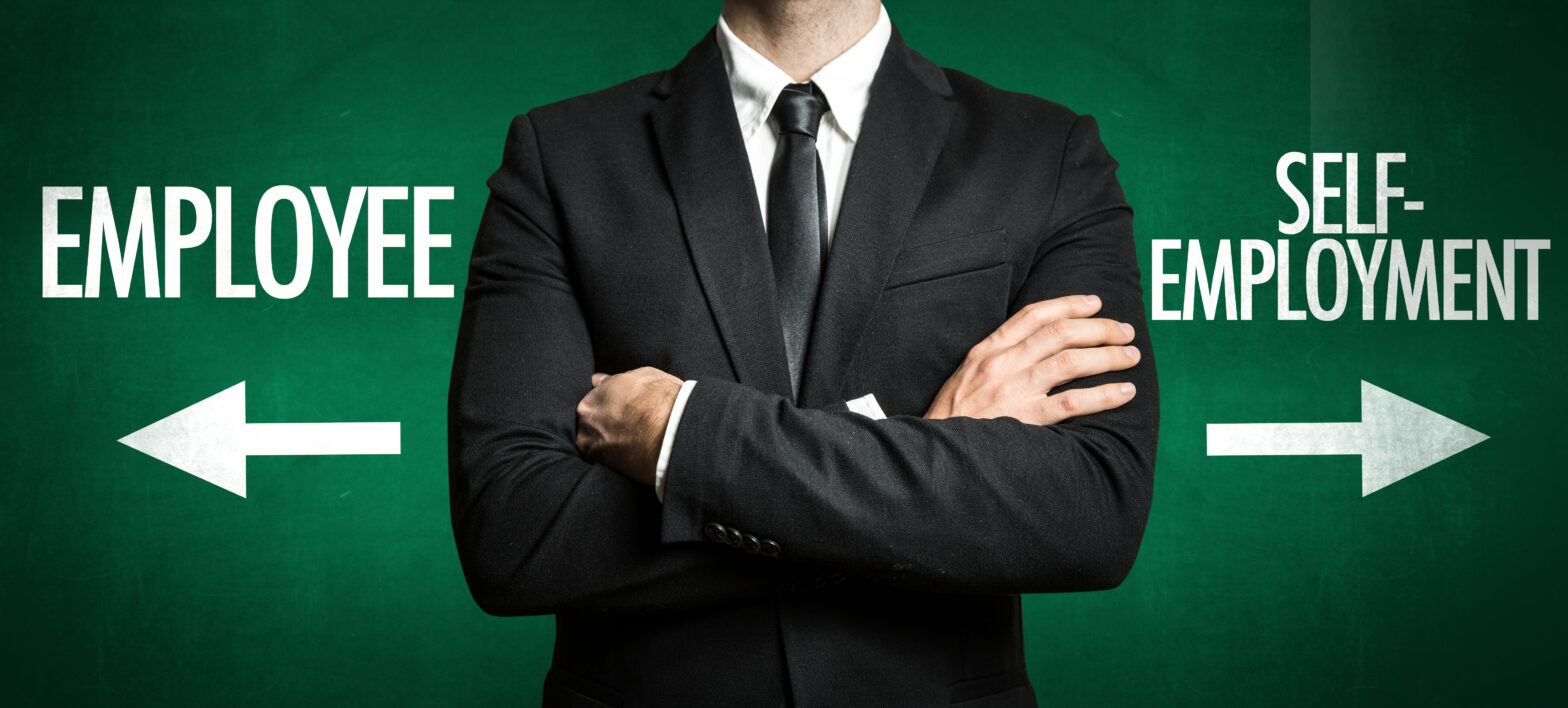There can be many benefits to freelancing or running your own business – flexible hours, the option to work from home, no fixed holiday allowance and, of course, the chance to follow your passion.
On the other hand, one potential downside is that the responsibility for looking after your finances all falls to you. It’s not just about making sure your business is profitable enough to pay you a salary; you also need to think about your long term plans. If you’re employed by a company, they’re required to set up a pension for you. If you’re your own boss, the responsibility for pensions – your own and that of any employees – is yours.
According to recent Office for National Statistics data, 15.1 per cent of all workers are self-employed – accounting for 4.8 million. With this in mind, Standard Life provides a guide to help secure your future finances if you’re self-employed.
1. Spot the pension gap
Auto-enrolment rules introduced in 2012 mean that most people working for a company will be automatically enrolled in a workplace pension by 2018. They can opt out, but around 6.87 million workers have already auto-enrolled, which means that many more people are now saving for their retirement than before.
However, if you’re self-employed you’re not covered by this and have to start saving for your retirement on your own.
It’s never too late to start and if you’re self-employed you can choose between a personal pension, a stakeholder pension or a self-invested personal pension (SIPP). The differences are the investment choices available to help grow your pot, the level of charges you pay and the flexibility on how you can access your pension in retirement. You can also save with the National Employment Savings Trust (NEST) if you’re self-employed or the sole director of a company that doesn’t employ anyone else. NEST is the workplace pension set up by the government. Whichever you choose, it’s a tax efficient way to save for the future.
There are also lots of handy online calculators to help you work out how much you may have to invest each month to keep your savings on track and help provide the income you need, including Standard Life’s Pension Calculator
The Pensions Advisory Service also provides some handy guides and tools, including information on how much you can save into a pension, and how salary sacrifice can work.
2. Know your state pension entitlement
Anyone reaching state pension age today who has paid sufficient National Insurance contributions will receive a State Pension of £159.55 a week when they retire. which is around £8,000 a year At Standard Life, we suggest, as a guide, that people are likely to need around half of their pre-retirement income for a comfortable retirement – with that in mind, the state pension may not get you as far as you’d like.
It’s also important to know the age you will qualify for the State Pension and you can check this here.
3. Flex your finances
If, like many self-employed people, your earnings vary from month to month you may want to keep your finances flexible where possible. ISAs can be a great complement to pension saving for the self-employed, having instant access to some of your savings can be useful if your earnings can be unpredictable.
Currently, you can make tax efficient savings of up £20,000 in an ISA. You can choose from stocks and shares ISAs, cash ISAs, or a combination of the two up to your annual limit. A cash ISA can also be transferred to stocks and shares ISA and vice versa.
4. Protect yourself and your loved ones
If you’re self-employed you won’t have access to some of the protections which come as standard if you’re working for a company, like sick pay, or the additional benefits, things like death in service benefit or health insurance, which can come as part of the package. So it’s worth considering what protections you need to put in place for yourself and your family.
5. Get smart about tax
One additional challenge if you’re self-employed is ensuring you’ve put money aside to pay your tax bill. There are lot of tools and calculators available on the web to help you calculate how much you’ll need to set aside, including this one from the government.
A good tip is to save into a separate account on a regular basis – this will stop you spending the money and you won’t feel out of pocket when it comes time to make the twice-yearly payments in July and January.
Due to tax relief, the money you save into a pension may reduce your tax bill. This happens because of the way tax relief on pensions works, meaning you end up paying less higher rate tax for example.





